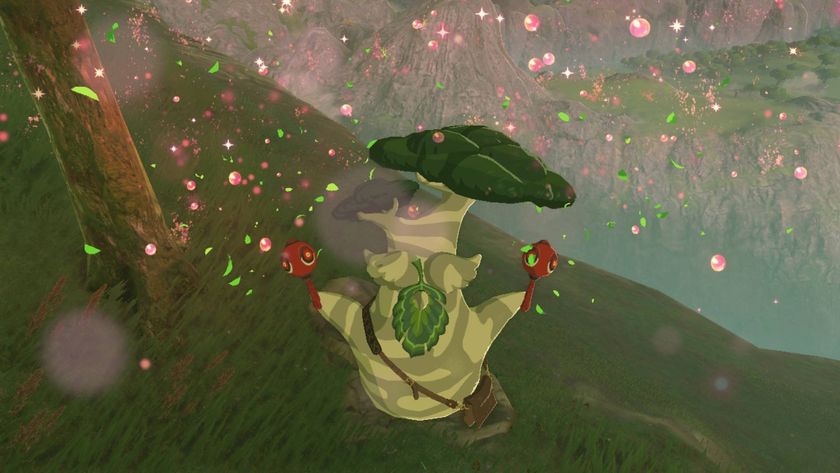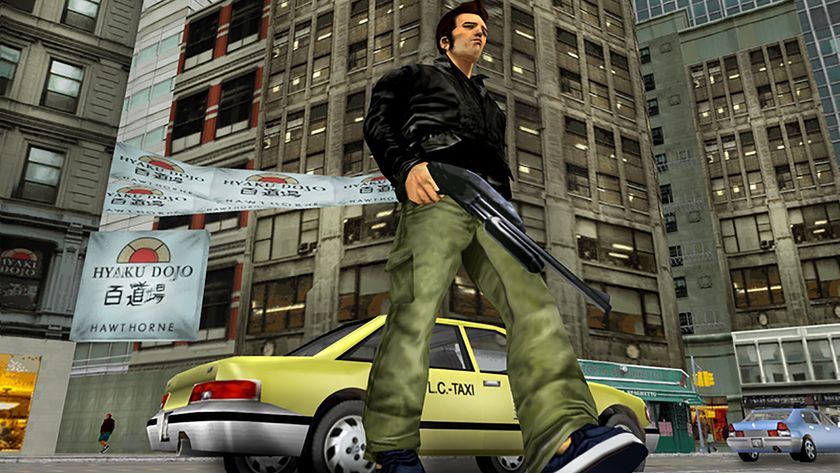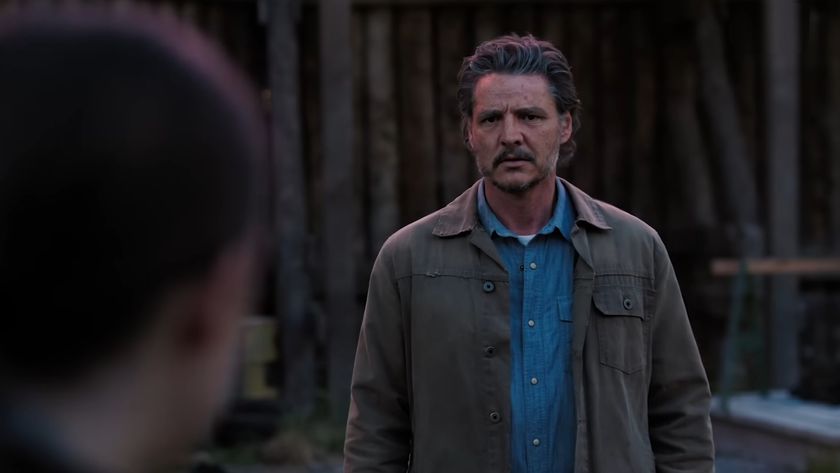In defence of grey and brown in video games
You don't always NEED colour. Honestly
I was playing Gears of War: Judgment the other night. I was having fun, but eventually I realised something felt amiss. It took me a minute to plant my finger upon it. Everything seemed present and correct. There were guns. There was cover. There was shooting initiated by using said guns from behind said cover. But even taking Judgment’s excellent new arcade-style framework into account, it was lacking something I’d previously loved about Gears.
And then it hit me with force of a lead-lined truck full of galvanised guilt. I had become all that I hated. I was missing grey and brown.
You see I’ve long been the most aggressive banner-waver for the Bring Back Colour Brigade (the banner itself is covered in glitter and really quite fabulous, as I’m sure you can imagine). I grew up on the battlefields of the 8 and 16-bit eras, and spent my formative years wading through endless pools of congealing colour, the pixelated bodies of my enemies not so much strewn around me as flashing excitedly and disappearing. Often in a cheery hail of stars.

I’ve hated the desaturation generation for its tedious gritty aesthetic. Games are supposed to be a fun, creative medium of unlimited imagination. They’re the medium of world-building. Games are like digital lucid dreams in which anything and anywhere is possible. Yet in the era in which HD has made every game world inestimably more tangible and affecting, we’ve dropped imagination in favour of a boring adherence to reality. Screw you, brown and grey. Screw you with a Big Daddy’s rusted forearm.
But actually no, come back. You see it turns out I kind of miss you when you’re not around.
Not always, of course. This isn’t some kind of aesthetic Stockholm Syndrome where I’ve had my emotions so deadened by dull muddy tones that the mere sight of blue or yellow sends me scurrying back to the safety of my muddy hole lest I feel something. It’s just that some games do lose their dramatic impact once they go the way of Rainbow Brite.

Take Gears as a case in point. The first game is a perfect blend of gameplay, story and tone. Narratively it’s a desperate tale of stark, day-to-day survival, and the uncompromising assault of its gameplay is a flawless analogue. In both story and combat, Delta Squad are outnumbered, outgunned, forced into hiding and always on the back-foot. And the bombed-out desolation of Sera’s once-opulent streets makes the situation feel every bit as bleak as it plays. Gears of War is a cold, grey experience with an immense sense of isolation and as such, its visual design ties everything together beautifully.
Sign up to the 12DOVE Newsletter
Weekly digests, tales from the communities you love, and more
Cut forward five years and we now have Gears of War 3. We’re told that humanity is now teetering so close to the brink that only its athletically-honed toenails can keep it from extinction. Yet we open on the warm, open-air deck of a jolly old farm ship, rendered with a colour palette and ambience straight out of Donkey Kong Country.
Yes, the game uses a greater variety of environments than its predecessors, but between the summery, colour-soaked visuals and Marcus’ new short-sleeved holiday look, the vibe is completely incongruous with how desperate we’re told things are.

The situation is made even more apparent in Gears: Judgment. Without the excuse of a rangier narrative journey, the pallet change is even more jarring. We’re back on the mean streets of Jacinto, but it really doesn’t feel like we’re in the same place we visited in the first game, visually or emotionally. Yes, Gears’ gameplay has become less demanding over the years, and the main Judgment campaign’s stop-start structure certainly makes it less narratively affecting, but the ambience of the game absolutely hammers out any serious gravitas that might have remained.
Gears 1 was a morose, weighty, apocalyptic war movie. Gears 3 and Judgment feel like playing gory Saturday morning cartoons. Of course the way you feel about that comes down to subjective personal preference, but if you’re looking at games as directorial narrative works rather than simply fun excursions then tonal texture goes a hell of a long way.













